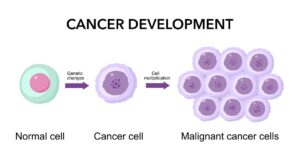
Spectrogram Interpretation of EEG Waveforms
Electroencephalography (EEG) is a non-invasive method of studying brain activity that measures electrical signals on a large scale around the patient’s skull. It provides neurological
Alabama Anesthesia Professionals aligns the priorities of all perioperative participants and prioritizes patient safety, exceeding care standards at all stages. We accommodate the scheduling needs of surgeons and facilities and integrate ourselves as care partners. Our anesthesia services delivery approach is founded on availability, collaboration, and quality.
Alabama Anesthesia Professionals strive to improve the quality of perioperative care and enhance patient safety by actively seeking feedback from surgeons, administrators, and patients through effective communication channels. This allows us to gather valuable insights and make informed decisions to implement strategies that drive quality improvements.
Alabama Anesthesia Professionals is committed to integrating technology in order to enhance efficiency and reduce costs. Our staff is dedicated to adopting information management systems and EMRs, recognizing the value they bring to our operations. Through the use of advanced technology, we aim to streamline our processes and achieve greater levels of productivity, ultimately leading to improved outcomes for our patients.
Our committed team ensures that only skilled and experienced anesthesiologists and CRNAs are scheduled for your procedures. We make it a priority to meet your scheduling needs by providing the anesthesia professionals who are best suited for your practice on every procedure day.

Electroencephalography (EEG) is a non-invasive method of studying brain activity that measures electrical signals on a large scale around the patient’s skull. It provides neurological

Local anesthetics have played a transformative role in modern medicine, enabling safe and efficient surgical procedures. Lidocaine, a local agent which was first introduced in

When halothane was first introduced in 1956, it was widely celebrated as a revolutionary advancement in general anesthesia. Unlike its predecessors, halothane was nonflammable, had